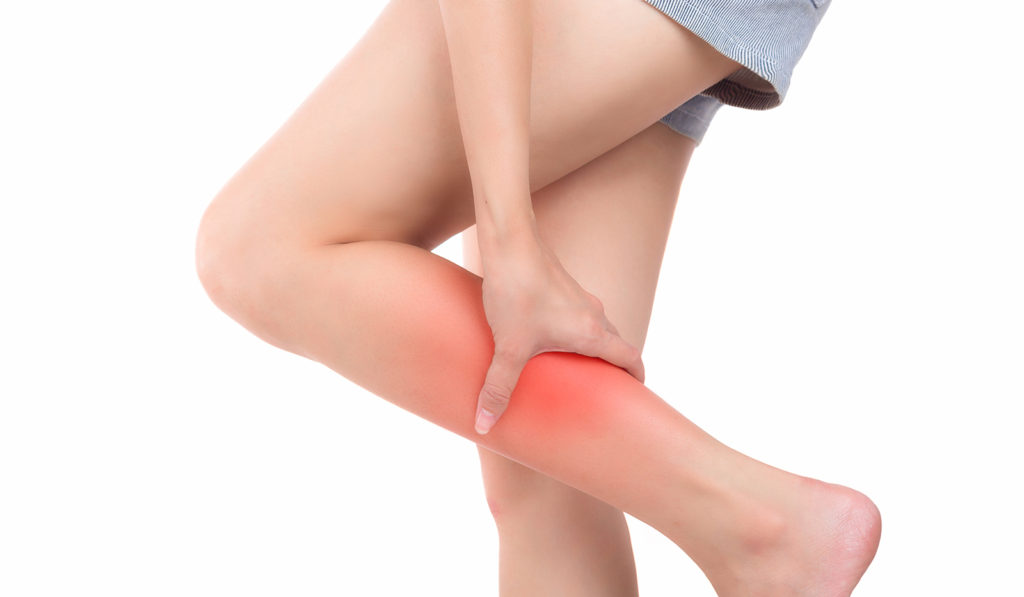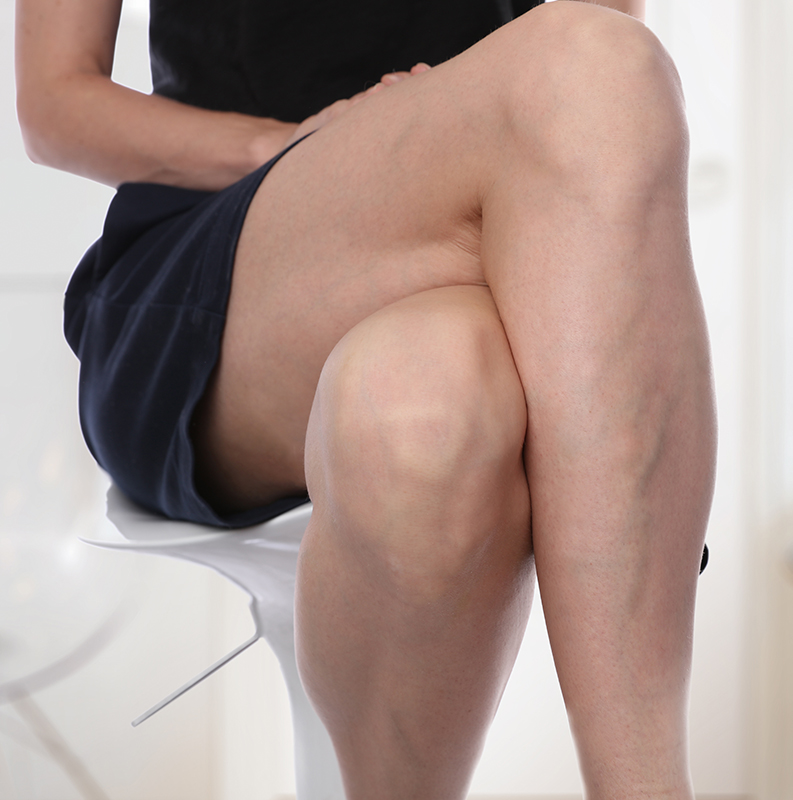Varicose and spider veins are prevalent conditions that affect many individuals, often leading to discomfort and self-consciousness. Unfortunately, misconceptions about these vein disorders abound, leading to confusion and misinformation. In this article, we aim to dispel five common myths surrounding varicose and spider veins, providing clarity and accurate information to help you better understand these conditions.

Myth 1: Only older adults get varicose and spider veins.
Reality: While it’s true that varicose and spider veins are more common as individuals age, they can affect people of all ages, including younger adults and even teenagers. Factors such as genetics, hormonal changes, pregnancy, obesity, and prolonged standing or sitting can contribute to the development of these vein issues at any stage of life.
Myth 2: Varicose veins are just a cosmetic issue.
Reality: While varicose veins can certainly impact one’s appearance, they are not solely a cosmetic concern. Varicose veins can cause symptoms such as pain, swelling, itching, and discomfort, and if left untreated, they may lead to more serious complications such as blood clots, ulcers, and skin changes. Seeking treatment for varicose veins is not only about aesthetics but also about maintaining optimal vein health and preventing potential complications.
Myth 3: Crossing your legs causes varicose veins.
Reality: Contrary to popular belief, crossing your legs does not directly cause varicose veins. While prolonged sitting or standing with crossed legs may exacerbate existing vein issues, it is not the primary cause of varicose veins. Genetics, hormonal changes, lifestyle factors, and other underlying conditions play a more significant role in the development of varicose and spider veins.

Myth 4: Exercise exacerbates varicose veins.
Reality: Exercise is actually beneficial for vein health and can help improve circulation and strengthen vein walls. Low-impact activities such as walking, swimming, cycling, and yoga can promote healthy blood flow and reduce the risk of developing varicose and spider veins. However, individuals with existing vein issues should consult with a healthcare professional before starting a new exercise regimen to ensure safety and effectiveness.
Myth 5: Varicose veins will go away on their own.
Reality: Unfortunately, varicose veins typically do not resolve on their own and may worsen over time if left untreated. While certain lifestyle modifications such as wearing compression stockings, elevating the legs, and staying physically active can help alleviate symptoms, they are not a cure for varicose veins. Seeking professional treatment from a vein specialist is often necessary to address the underlying venous insufficiency and achieve lasting relief.
By debunking these common myths about varicose and spider veins, we hope to empower individuals with accurate information and encourage them to seek appropriate care for their vein health. At The Institute for Vein Health, with locations in Addison and Palos Hills, Illinois, Dr. Peter Brukasz and our team provide comprehensive vein care services tailored to each patient’s unique needs. If you have questions or concerns about varicose or spider veins, we invite you to contact us for a consultation. Don’t let misconceptions stand in the way of healthier veins – let us help you regain comfort and confidence in your legs.
